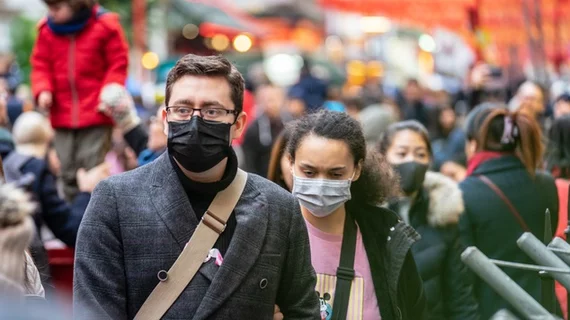Marburg virus outbreak in Equatorial Guinea raises public health concerns
An outbreak of Marburg virus disease has been confirmed in Equatorial Guinea for the first time, the World Health Organization (WHO) reported.
Marburg virus disease is a rare but severe hemorrhagic fever that affects both humans and non-human primates. The confirmed case in Equatorial Guinea comes after the deaths of at least nine people in the country’s eastern Kie Ntem Province turned out positive on one of the samples for the viral haemorrhagic fever. The nine deaths and 16 suspected cases have been reported as of February 13.
The fatality rate of Marburg virus disease is up to 88%. The illness brought on by the virus can happen abruptly, with high fever, severe headache and severe malaise, according to WHO. Many infected with the disease develop haemorrhagic symptoms within seven days.
Health authorities from Equatorial Guinea sent samples to the Institut Pasteur reference laboratory in Senegal with support from WHO to determine the cause of the disease. Out of eight samples, one tested positive for the Marburg virus. Symptoms of the virus have been reported, including fever, fatigue and blood-stained vomit and diarrhea. More investigations are underway, and advance teams have been deployed in the area to trace contacts, isolate and provide medical care to those showing symptoms of the virus.
WHO is helping with an emergency response, deploying health emergency experts in epidemiology, case management, infection prevention, laboratory and risk communication to control the outbreak. WHO is also facilitating the shipment of laboratory glove tents for sample testing and one one viral haemorrhagic fever kit, which includes personal protective equipment (PPE) for 500 health workers.
“Marburg is highly infectious,” Dr. Matshidiso Moeti, WHO regional director for Africa, said in a statement. “Thanks to the rapid and decisive action by the Equatorial Guinean authorities in confirming the disease, emergency response can get to full steam quickly so that we save lives and halt the virus as soon as possible.”
According to WHO, the virus is transmitted to people from fruit bats. Among humans, the virus is transmitted through direct contact with the bodily fluids of infected people, surfaces and materials. There is currently no vaccine or antiviral treatment approved to treat the virus, but supportive care with rehydration with oral or intravenous fluids, as well as treating specific symptoms, can improve survival. There are potential treatments being evaluated, including blood products, immune therapies and drug therapies, plus candidate vaccines with phase 1 data.
The outbreak comes as the world is still grappling with the COVID-19 pandemic, which has caused more than 1.1 million deaths in the United States since the onset of the pandemic, according to data from the Centers for Disease Control and Prevention (CDC).

